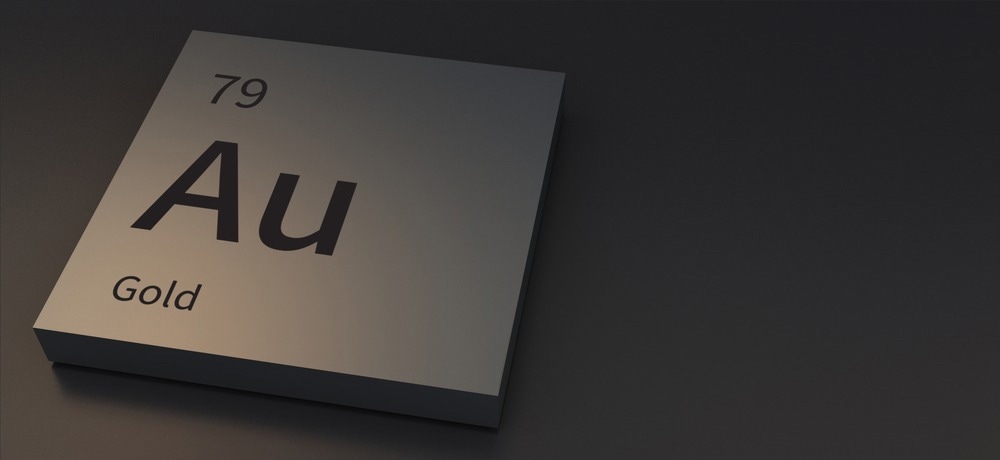Buckling is a deterioration of structural rigidity caused by compressive pressures in slender materials or thin-walled structures. Although this abrupt change in morphology is not recommended for building components, recent research has demonstrated that elastic buckling of nanoparticles can be exploited in various innovative sensing applications.

Study: Exploiting elastic buckling of high strength gold nanowire towards stable electrical probing. Image Credit: tunasalmon/Shutterstock.com
A pre-proof paper from the journal iScience focuses on utilizing the buckling instability of high-strength Au nanowires for an important engineering application called electrochemical probing.
Buckling Instability: Why is it Important?
Buckling instability occurs when the shape of the material changes abruptly due to an external compressive force. It causes significant out-of-plane displacement in slender structures like beams and plates. Therefore, buckling instability should be avoided for building components.
This rapid deformation becomes more significant in small-scale materials. For instance, nanowires and nanosheets have become critical components in many advanced electronics. A buckling distortion in these materials can cause the device to fail prematurely, decreasing mechanical dependability.
However, researchers have recently demonstrated that buckling instability can also be helpful in novel engineering disciplines. Many nanomaterials may be used as sensors, isolators, and energy absorbers because of the substantial buckling and post-buckling distortion that occurs under constant stress.
Moreover, pre-buckled nanomaterials have been suggested for flexible devices and microelectromechanical systems because of the entirely reversible buckling distortion. In this regard, the buckling instability features and the inherent qualities of nanomaterials may open up new avenues for future novel applications.
Electrochemical Probing: Overview and Limitations
An electrochemical probe is an integrated electrode system consisting of a working electrode, a counter electrode, and a reference electrode incorporated and anchored in an insulating material. The development of a nanoscale electrochemical probing device has been the focus of significant analytical and practical research because it can show electron transfer characteristics at the nanoscale level.
However, nanoscale electrochemical probing is intrinsically problematic due to solid contact difficulties such as non-linear electrical and mechanical impacts. When a traditional probe, such as the tungsten (W) probe, comes into direct contact with the sample material, the probe can be dulled, or the specimen can be quickly damaged.
Additionally, if the contact force is too weak, the area of contact between the specimen and the probes will be too small. This causes a large increase in contact resistance and non-linear electrochemical impacts, making it very difficult to estimate the material's resistance properly.
Electrochemical Probing Using Elastic Buckling of Au Nanowire
In this study, the elastic buckling instability of Au nanowire was used to create a unique electrochemical probing system capable of providing stable contact data without causing damage to the specimen. The researchers used the structural instability of the Au nanowire, known as Euler buckling, to fabricate the electrochemical probing device.
Although the Euler buckling of Au nanowire is often regarded as a vulnerable and undesired distortion, it could also provide a highly stable electrical contact with extremely low and consistent contact resistance.
The electric conductivity between the Au nanowire probe and the metallic electrode was measured using an in-situ monitoring approach. After contacting the Au nanowire to the surface of a bulk electrode, current-voltage curves were measured during the buckling process. Meanwhile, the deformation of the Au nanowire was assumed to be linearly elastic.
Important Findings of the Research
The isolated crystalline, dislocation-free Au nanowire demonstrated typical Euler buckling with exceptionally reversible mechanisms. The contact area of the Au nanowire expanded with increasing load, resulting in a reduction in contact resistance.
Initially, electron transport at the contact was characterized by Sharvin contact resistance. As the Au nanowire probe tip load increased, conventional diffusive transport took over since the Holm contact had the minimum resistance.
Buckling-assisted distortion allowed a stable contact area to be sustained when a small amount of force was given to the probe tip due to the persistent buckling load. This Sharvin to Holm transport phenomenon allows electrochemical characteristics to be studied accurately at the nanoscale because of the buckling of the conducting Au nanowire probe.
Based on these results, it is reasonable to infer that the electrochemical probing system created in this work offers a reliable solution for nanoscale electrochemical measurements and may pave the way for future advances in scanning probe microscopy.
Reference
Seo, J.-H. et al. (2022). Exploiting elastic buckling of high strength gold nanowire towards stable electrical probing. iScience. Available at: https://doi.org/10.1016/j.isci.2022.105199
Disclaimer: The views expressed here are those of the author expressed in their private capacity and do not necessarily represent the views of AZoM.com Limited T/A AZoNetwork the owner and operator of this website. This disclaimer forms part of the Terms and conditions of use of this website.